AI readiness: Preparing teachers for safe and effective use of GenAI
The module aims to increase teacher readiness when using generative AI (GenAI). It builds teachers' own digital literacy around GenAI and equips them to develop their students’ digital literacy capabilities. It is aimed at Australian F–12 teachers interested in learning about and exploring the use of generative AI for streamlining admin tasks and personalising learning, safely and responsibly. The module was developed in collaboration with Microsoft.
Additional details
| Year band(s) | Foundation, 1-2, 3-4, 5-6, 7-8, 9-10 |
|---|---|
| Content type | Professional learning, Whole School |
| Format | Web page |
| Core and overarching concepts | Algorithms, Privacy and security |
| Technologies & Programming Languages | Artificial Intelligence |
| Keywords | Artificial Intelligence, Generative AI, Digital Literacy, Microsoft Modules |
| Integrated, cross-curriculum, special needs | Critical and creative thinking, Digital Literacy |
| Organisation | ESA |
| Copyright | Creative Commons Attribution 4.0, unless otherwise indicated. |
Related resources
-
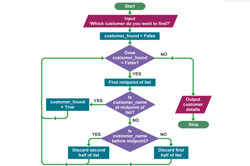
Algorithms – 7 learner guides
This site offers a range of resources to help teach algorithms and their components.
-
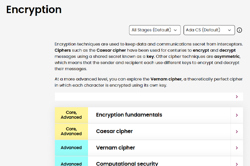
Encryption
This comprehensive online guide, provides a background to encryption.
-
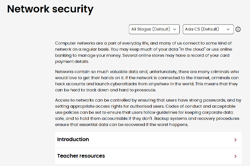
Network security
This comprehensive online guide, provides a background to network security. This topic has information on encryption and authentication .
-
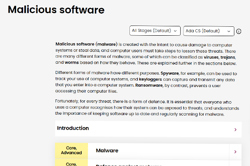
Malicious software
This comprehensive online guide, provides a background to malware. Malicious software (malware) is created with the intent to cause damage to computer systems or steal data, and computer users must take steps to lessen these threats.
-
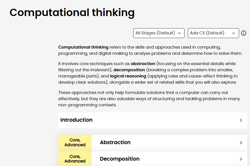
Computational thinking
This comprehensive online guide, provides a background to computational thinking which refers to the skills and approaches used in computing, programming, and digital solutions to analyse problems and determine how to solve them.
-
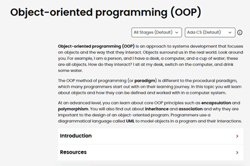
Object-oriented programming (OOP)
This comprehensive online guide, explores ways the OOP method of programming (or paradigm) is different to the procedural paradigm, which many programmers start out with on their learning journey. This topic introduces objects and how they can be defined and worked with in a computer system.
-
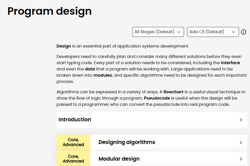
Program design
This comprehensive online guide, explores ways specific algorithms are designed for large applications, considering data and user interface. Learn how algorithms can be expressed as a flowchart and pseudocode, and validated and verified.
-

GenAI readiness and implementation modules
As generative AI (GenAI) becomes an increasingly important tool in education, it's essential for teachers to understand both its potential and its limitations. This two-module offering equips teachers with the knowledge and practical skills to use GenAI tools like Copilot effectively in the classroom. Teachers will enhance their own digital literacy while learning how to guide students in using AI responsibly and thoughtfully. By focusing on teacher readiness and practical classroom strategies, the modules support the development of students who can navigate AI in both classroom and everyday contexts. The modules were developed in collaboration with Microsoft.
